Choose this list to plan a perfect day in Moscow: five beautifully consecrated churches and cathedrals that fuse history with living services.
Each site sits in Moscow’s administrative center or around its historic rings, pairing baroque facades with intimate interiors. One rises beside a former palace, another overlooks the river, and a third reveals a quiet courtyard where liturgy lifts the hall during weekend prayers; each site belongs to Moscow’s living tradition and invites you to linger.
In the ivanovsky district and around moscows core neighborhoods, the buildings tell a clear story: the basils domes flash in sunlight, mother churches guard century-old icons, and each last glimpse of the spires leaves a memory to revisit again and again. The loop blends consecrated spaces with practical comfort and services ready for curious visitors.
Plan a compact loop that fits a morning or an afternoon: start early to beat crowds, wear respectful attire for cathedral spaces, and bring a camera for the onion domes that glow over moscows streets. This lista is designed for small groups or families who want meaningful, authentic moments with the around city’s sacred buildings and their palace-like grandeur, all within easy reach of public transit. Reserve a guided option to hear the liturgy stories behind each site and to learn why these spaces remain central to the city’s services and identity.
Comprehensive Guide to Moscow’s Churches and Cathedrals
Begin with a focused route: from bolshaya Dmitrovka, weave into the Kremlin complex and check the date and hours before entering each church. On Sundays you’ll often catch liturgy in action; thursdays bring quieter vesper services and a chance to study the insides with less crowding. The collection forms a centuries-long complex that anchors Moscow’s administrative and spiritual life, inviting you to compare styles, textures, and rituals across buildings.
- Annunciation Cathedral (Kremlin) – founded in the late 15th century, the cathedral sits at the heart of the complex. Its interiors retain an austere iconostasis and fresco schemes that reveal the transition from medieval to early modern Russian art. When you check the date of construction, plan a short pause to read about the side chapels and the way the walls hold centuries of worship.
- St. Basil’s Cathedral (basils) – built in 1555–1561, its basils domes and rainbow-striped towers make it the visual highlight of Red Square. Though often treated as a museum, the insides show how ritual space evolved from ceremony to public spectacle. It stands on a bolshaya-scale city square and is part of the unesco-listed historic center, which helps explain the careful preservation of its date and facade.
- Dormition (Assumption) Cathedral – completed around 1475–79, this cathedral served as the metropolitan church for coronations and state rites. Its interiors retain a solemn rhythm of arches and frescoes, and the surrounding precincts offer a window into the administrative life that guided Moscow for centuries.
- Catedral de Cristo Salvador – erected between 1839 and 1883, then rebuilt in the 1990s after its demolition in the Soviet era. The complex includes a monumental nave and dramatic iconostasis. Sundays draw crowds for liturgy; Thursdays often host devotional events, and visitors can check the date of special services to time their visit with fewer crowds.
- Intercession on the Moat (Pokrovsky) Church – a historic church of the 16th–17th centuries near the moat area, famed for its compact interior and strong iconography. Its insides preserve a sense of a devout, neighborhood church that still serves locals and guests alike in a quieter setting than the Kremlin’s busiest sites.
Outside the central Kremlin belt, plan a deeper dive into a couple of other districts. In the sloboda quarter you’ll find wooden chapels and smaller interiors that contrast with the grand stone ensembles downtown. A nearby zastava motif appears in old guard posts along surrounding walls, reminding visitors that Moscow’s sacred architecture grew from a fortress mindset as much as from devotion.
- Kolomenskoye – Church of the Ascension – a remarkable 16th-century wooden church dating to 1532, set in a park that makes for a focused half-day trip. Its simple, elegant form influenced later church design in Moscow and beyond.
- Roman Catholic and Other Faith Communities – Moscow hosts Roman Catholic parishes with distinct church buildings, such as the Immaculate Conception parish. These sites operate within a broader Christian union of traditions and schedules; check their calendars if you’d like to compare liturgical styles on a separate day trip.
Practical tips to maximize your visit: check the date and exact hours ahead of time, especially for major sites that may close earlier on Sundays or have special evening programs on Thursdays. Expect large interiors and a focus on iconography, altars, and iconostases, with careful attention paid to entrances and insides as you move from the annunciation spaces to the grand domes. If you’re planning multiple visits, return again in different seasons to experience the mood shifts of the interiors and the way daylight filters through colored glass on different times of day.
Inside St Basil’s Cathedral in Moscow: layout, icons, and hidden details
Visit the central chamber first to see how light plays across the many icons and the carved details that decorate the arches.
The cathedral forms an ensemble of nine chapels around a central core, conceived as a single place rather than separate churches. It belongs to the moskvoretsky tradition and was founded in the 16th century to mark a victorious moment in Moscow’s history. Decorative work came from ivanovsky workshops, and donor plaques mention Louis, who bought the frame for one icon.
Inside, the interiors glow with warm tones and gold, and the icons line the walls in a continuous sequence around the nave. Nativity scenes appear in several niches, and Christmas symbolism threads through the frescoes and vestments. This iconography belongs to a shared workshop tradition, helping visitors read the sequence of altars as a single narrative rather than separate displays.
Around the route, the central domes and the surrounding chapels invite careful inspection. Look for ivanovsky motifs tucked in corners and in decorative frames where the pigment has held. The zamoskvorechye district sits just beyond the walls, and the moskvoretsky area shows how the church integrates with the city. If you want a contrast in church aesthetics, visit a nearby Baptist church in the same neighborhood to compare decorative approaches.
For hidden details, study the last consecrated chapel: its frescoes beneath the icon screen reveal a layered preparation process. The place was founded earlier, then expanded and consecrated again as part of Moscow’s religious life. The interiors preserve a hard-won history with many stories, from christmas celebrations to nativity scenes that continue to inspire visitors today. This place remains a home for worship for many generations, linking the past to the present.
Outside St Basil’s Cathedral: exterior architecture, towers, and best photo spots
Start with a tight shot from the Red Square edge, near the kremlin wall, at golden hour to capture the main silhouette of St Basil’s Cathedral. This vantage emphasizes the colorful domes, the bolshaya brickwork, and the tall, slender towers that define the site.
The exterior blends bolshaya brickwork with white detailing, creating a maze of arches, niches, and decorative bands. The central tower rises above the rest, while the other domes crown smaller chapels; together they form a cluster that became a symbol of Moscow in the sixteenth century. The dormition and annunciation motifs appear in carved stone and tilework; you can feel the tradition connected to the nicholas chapel and the nearby monastery and bishop’s residences that last through centuries. This catholic site sits among many cathedrals that tell russias story.
From there, you can choose angles that tie the cathedral to nearby landmarks. Stand along the river edge near the yauza to include reflections, or frame the Kremlin’s main towers behind the onion domes. These views reveal russias history, a truth you know from the dormition icon-lit façades with the sky. On thursdays and tuesdays, crowds thin, making it easier to photograph the main façades without obstructions. Each vantage spot highlights a detail–nicholas chapel, the next monastery wing, and the bishop’s residence–so you can capture the last century of care visible in the stone. there, a quiet moment appears as groups pass.
| Spot | Vantage | Best time | Notes |
|---|---|---|---|
| Red Square edge, near kremlin wall | Full façade with towers and domes in one frame | golden hour | classic capture of the main profile; watch for crowds near the river |
| Nikolskaya Street corner | Domes framed against the wall of the kremlin | early morning | quiet before the crowds; highlights annunciation details |
| Alexander Garden viewpoint | Cathedral towers rising above parapets | late afternoon | soft light on brick and tiles |
| River bank along yauza | Reflections with cathedral towers in distance | sunset | dramatic colors; capture the kremlin outline with calm water |
Opening Hours and Tickets for St Basil’s Cathedral: when to visit and ticket tips
Visit on weekdays in the morning to beat crowds and enjoy calmer halls. Here is a quick list of tips to plan your visit: opening hours typically run 11:00–17:00, with last entry before 16:00; check the official site for the exact date and any season adjustments.
To save time, buy tickets online via the official site and choose a cathedral-only option or a combined Kremlin Museums pass; online tickets assign a time window, especially in peak season. If you plan a friday visit, book early and aim for a morning slot before the crowds build.
Inside, admire the dormition of mary and the archangel chapels; the site features several chapels, each framed by ornate icons. A historic house along menshikov lane, which once housed a clerk, sits beside a pereulok off the lane, making a compact route in the central district.
Assigned guides, sometimes named nikita, offer concise context near the administrative entrance. To maximize your impression, plan 60–90 minutes for the interior and the chapels, then stroll along the lane and pereulok to feel how the city evolved, that will probably leave you with a victorious sense of history.
Date and season tips: go in shoulder season to avoid crowds; friday morning visits are usually lighter than weekends. From yelokhovo station, the path to the site is straightforward, and the 15th-century architecture should leave a strong impression that makes you want to visit again.
Note: nearby museum plaques touch on the holocaust era in Moscow’s history, adding context to your walk from the central lanes into the convent precinct; photography rules apply in certain chapels, so follow posted signs.
Monasteries and Cathedrals of Moscow: nearby sites for a one-day itinerary
Begin at Yelokhovo Cathedral, the patriarchal seat, then loop through Danilov Monastery, the Kremlin’s cathedrals, and Novodevichy Convent for a compact, richly varied day that blends history with contemplative spaces.
Danilov Monastery sits in zamoskvorechye and dates to the 1280s. Its brick forms and insides reveal a medieval Moscow that many visitors overlook; the cloister centers on the Holy Trinity church, and the space belongs to both active monks and curious travelers. Plan 60–75 minutes here to soak in the quiet courtyards between the carved archways.
The Moscow Kremlin houses three major cathedrals within a short walk. The Dormition Cathedral is the oldest structure on the site, completed in 1479 and dedicated to the Virgin Mary’s Dormition; the interior holds icons including Saint Catherine. The nearby Annunciation Cathedral and Archangel Michael Cathedral display gilded domes and fresco cycles that symbolize Moscow’s victorious centuries. Allow 60–90 minutes for interiors and skyline views from the surrounding walls.
Novodevichy Convent, a UNESCO-listed estate founded in 1524, pairs a serene cloister with the Church of the Transfiguration and ponds that reflect the domes. The ensemble blends cultural forms–Russian and European influences with touches of french decorative motifs–alongside a quiet park walk that many visitors use for a restorative break. Reserve about 90 minutes here for the main churches and the inner yard.
Optionally, a short stroll after Novodevichy through taganka reveals intimate chapels and street-level icons, then connects to zamoskvorechye for a broader sense of Moscow’s religious life among mosques and churches. This route highlights how the metropolitan faith landscape mixes traditions, and it’s a compact way to compare the smaller, dedicated spaces with the grand Kremlin ensembles. In december, plan for shorter daylight and occasional winter closures, and on monday mornings some sites start later–that comes with a flexible pace for a comfortable day.
Read this plan and tailor it to your pace. If you start early, you’ll enjoy cooler interiors, quieter yards, and clearer views of Moscow’s cultural and architectural heritage. The sequence–from yelokhovo outward to zamoskvorechye and taganka–offers a practical, rewardingly dense sample of Moscow’s ecclesiastical life in one day, with a distinct sense that the city’s faith heritage remains alive and accessible.
Top-5 Cathedrals in Moscow: quick visiting tips and optimal times
Plan a Kremlin dawn visit to catch the bells and softer light, then move to the surrounding squares for outdoor photos before crowds arrive.
Disclaimer: hours, ceremonies, and access change with liturgical schedules. Check official sources before you go, and follow dress codes and photography rules inside each temple.
-
Catedral de Cristo Salvador
Construction began in the 19th century, officially completed in 1883, then destroyed in 1931 and returned to worship in the 1990s. The massive dome and gilded facade create a striking silhouette across the river. Best times are early morning or late afternoon when light falls on the white exterior and you can read the inscriptions along the stone. If you visit during a ceremony, keep a respectful distance and avoid flash photography; nearby outdoor space is perfect for a quick photoset before you move on to the next site.
-
Cathedral of the Dormition (Uspensky Sobor) in the Kremlin
Oldest among Moscow’s Kremlin cathedrals, conceived in the late 15th century and completed around 1489. Inside, the calm height of the arches and the frescoed walls invite a focused look at divine art history. Arrive before the morning queue forms, since the ceremony schedule can limit interior access. The cathedral is part of the UNESCO-listed complex; plan your visit in a compact sequence with nearby facades and overtly historic courtyards.
-
Annunciation Cathedral (Blagoveshchensky Sobor) in the Kremlin
Built in the late 15th century (roughly 1474–1489) as a center of royal liturgy, its intimate nave contrasts with the surrounding grandeur. A quick guide to timing: visit just after opening hours or during a lull between services to enjoy the iconostasis and the quiet corners. The exterior facade and the surrounding convent-like precincts offer a compact, historic feel that’s ideal for a short, focused stroll then a move to the adjacent squares.
-
Archangel Cathedral (Arkhangelsky Sobor) in the Kremlin
Dating to 1505–08, it houses the tombs of several Tsars, giving the space a strong sense of history. Visiting tip: early morning or late afternoon light highlights the carved façade and the slender domes; photography inside may be restricted during ceremonies. This building is part of the same architectural complex, so a short, well-timed visit pairs well with other Kremlin cathedrals and the surrounding red-brick walls.
-
Kazan Cathedral (Cathedral of the Kazan Icon of the Mother of God)
Constructed in the 1810s–1820s as a symbolic bridge between empire-era design and traditional iconography, it sits near Red Square and is accessible after you’ve completed the Kremlin circuit. The square-facing facade has a clear, strong line for photos, while the interior hosts a concise devotional space with a focused set of ceremonies. Best timing is late afternoon when the crowd thins and the sun catches the gold on the dome; then you can continue to nearby metro stops, using rogozhskaya as a convenient transfer point for other city sights.
Read this guide before you go to minimize time spent on doors and lines. If you plan a short, symbolic Moscow visit, these five offer a compact list to understand the city’s religious history, from the oldest century roots to the modern revival–and each site is part of the broader home of Russian ceremonial life that visitors often associate with the divine architecture of the facade and the dome.

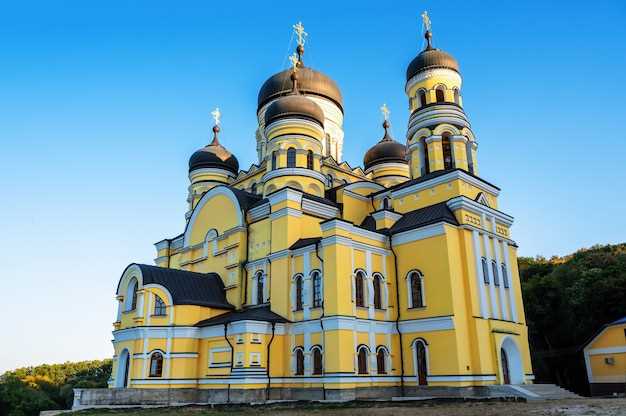 5 Most Beautiful Churches and Cathedrals in and Around Moscow">
5 Most Beautiful Churches and Cathedrals in and Around Moscow">

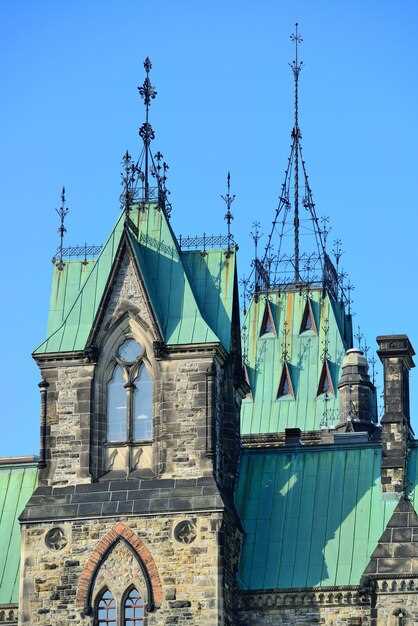
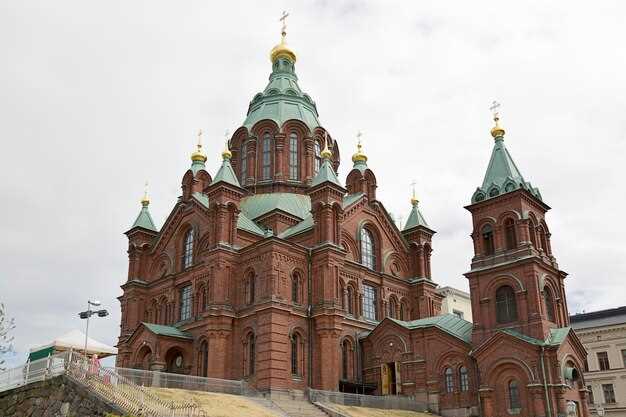
 Cultural Dos and Don’ts in Moscow – A Traveler’s Guide to Etiquette">
Cultural Dos and Don’ts in Moscow – A Traveler’s Guide to Etiquette">
 Electric Scooter and Bike Rental – Fast, Eco-Friendly City Travel">
Electric Scooter and Bike Rental – Fast, Eco-Friendly City Travel">
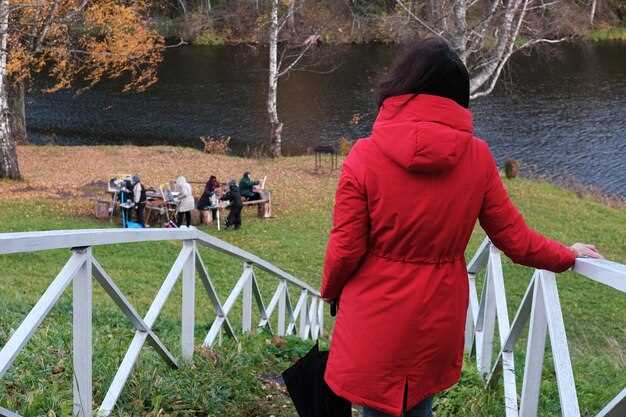 15 Interesting Things to Do in Moscow – Trekking, Opera, and More in 2025">
15 Interesting Things to Do in Moscow – Trekking, Opera, and More in 2025">
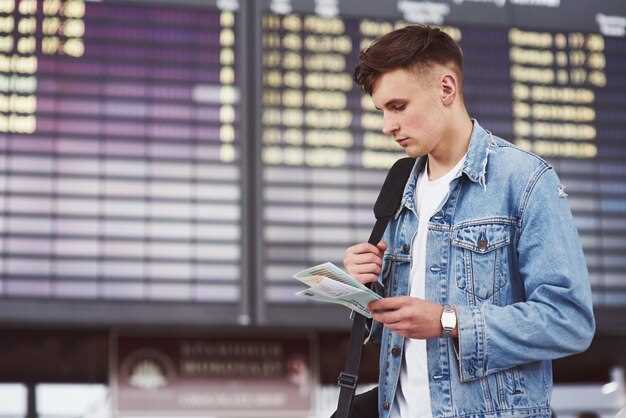 Airport Charges and Rates – How Fees Are Calculated and Why They Matter">
Airport Charges and Rates – How Fees Are Calculated and Why They Matter">
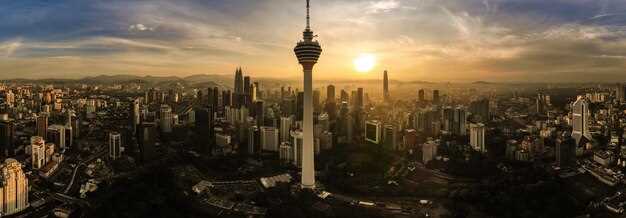 Panorama 360 Federation Tower – Moscow City’s 360-Degree Observation Deck">
Panorama 360 Federation Tower – Moscow City’s 360-Degree Observation Deck">
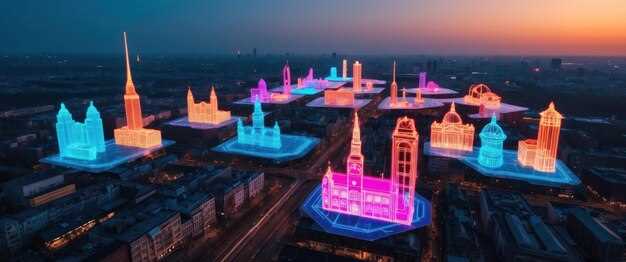 The Ultimate Moscow Sightseeing Tour – Top Landmarks &">
The Ultimate Moscow Sightseeing Tour – Top Landmarks &">
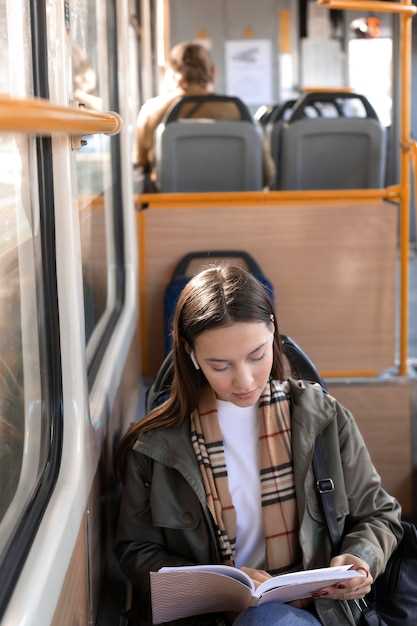 Getting Around Moscow – Metro, Buses and Other Transport Options">
Getting Around Moscow – Metro, Buses and Other Transport Options">
 Moscow for Solo Travelers – Safety Tips and Itinerary Ideas">
Moscow for Solo Travelers – Safety Tips and Itinerary Ideas">
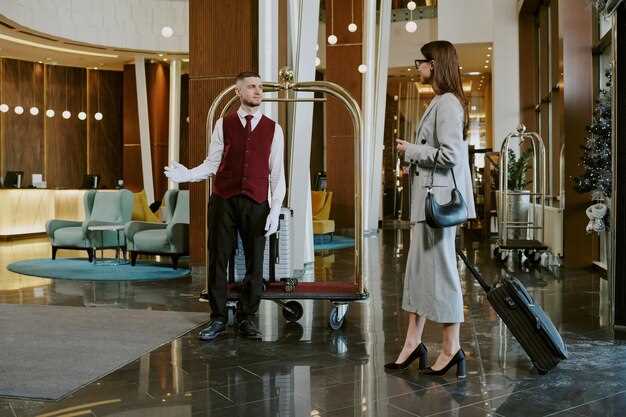 Hotels for Business Trips in Moscow – Best Central Locations and Business-Friendly Amenities">
Hotels for Business Trips in Moscow – Best Central Locations and Business-Friendly Amenities">
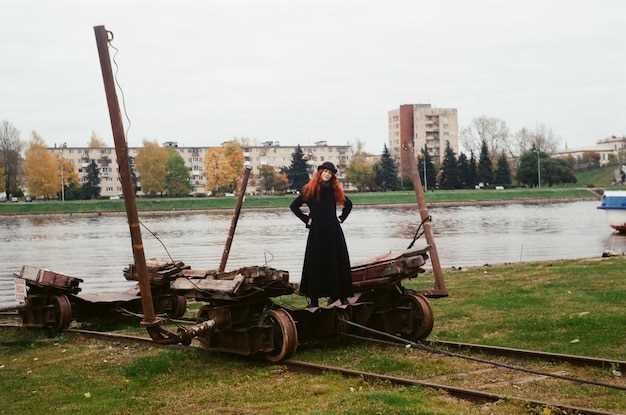 10 Things to Do at VDNKh – The Legendary Soviet Park">
10 Things to Do at VDNKh – The Legendary Soviet Park">